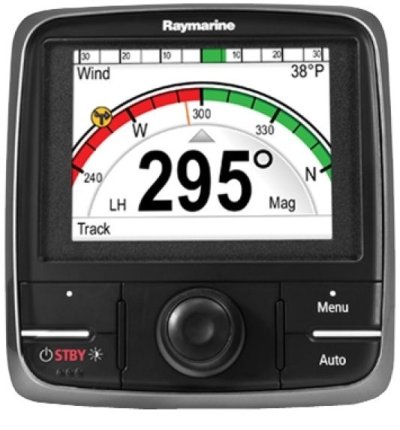For the past 20 plus years we have used Raytheon/Raymarine gear on our sailboats. We have had mixed results with Raymarine so for this American Tug 395, we will consider something different.
The names Garmin, Simrad and Furuno keep coming up.
My gut says Furuno, it is highest on my list. Several people I trust say Garmin, it is currently my third choice, not entirely sure why but I am unexited by Garmin...
Currently in second place is the Simrad lineup. Glass screens, the remains of Robertson autopilots and interesting looking radar systems are all in its favor.
I have been told that Furuno is no longer building superior equipment. I'm not sure what that means exactly... I wonder if I am running into people who are selling or make more money selling competitive products.
Anyone here have any insight or know of a place to turn for help?
Bruce
The names Garmin, Simrad and Furuno keep coming up.
My gut says Furuno, it is highest on my list. Several people I trust say Garmin, it is currently my third choice, not entirely sure why but I am unexited by Garmin...
Currently in second place is the Simrad lineup. Glass screens, the remains of Robertson autopilots and interesting looking radar systems are all in its favor.
I have been told that Furuno is no longer building superior equipment. I'm not sure what that means exactly... I wonder if I am running into people who are selling or make more money selling competitive products.
Anyone here have any insight or know of a place to turn for help?
Bruce




